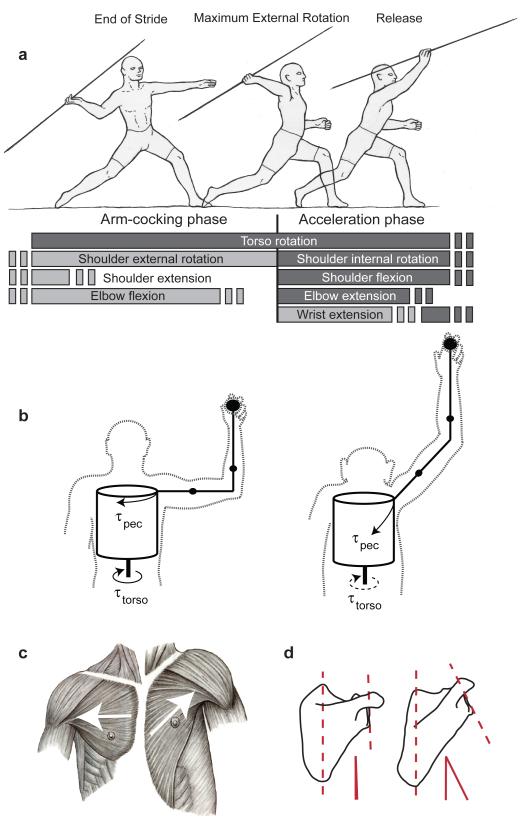Figure 1. Model of elastic energy storage.
Arm-cocking and acceleration phases of the overhand throw (A). Humans (left) and chimpanzees (right) differ in arm abduction and elbow flexion during throwing (B) because of differences in shoulder orientation, which alters the major line of action of the Pectoralis major (C). Aligning the long axis of the humerus with the major axis of P. major and flexing the elbow maximizes inertia to shoulder flexion torque and loads the elastic ligaments in the shoulder. However, chimpanzee morphology is compromised between maximizing humeral rotation or elbow extension. Signatures of shoulder orientation found in the scapula (D) can be used to reconstruct hominin shoulder orientation.

